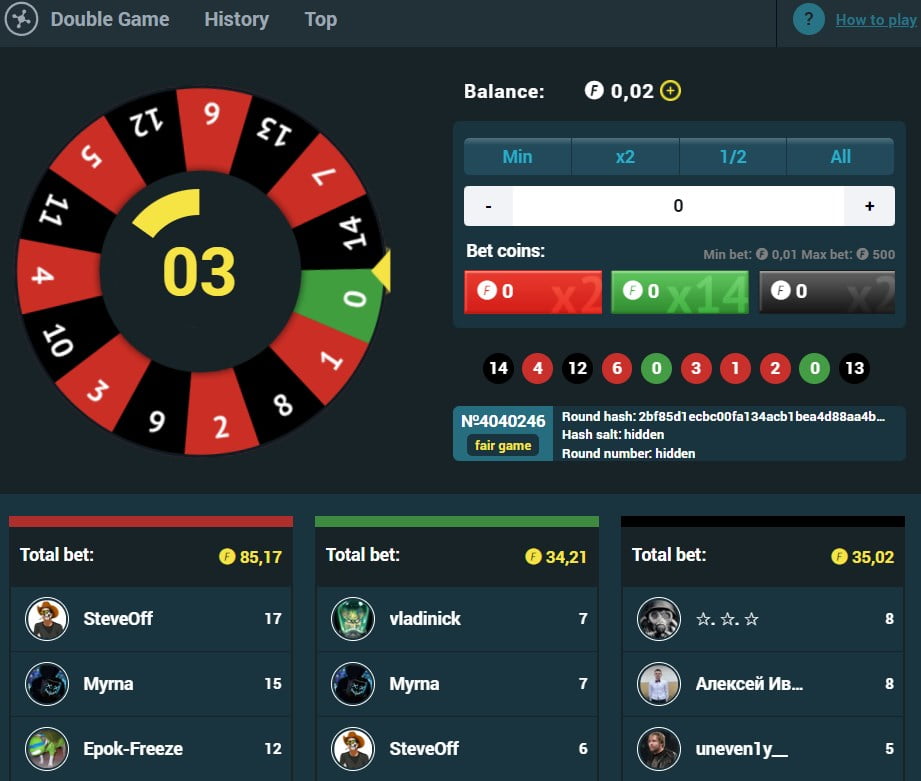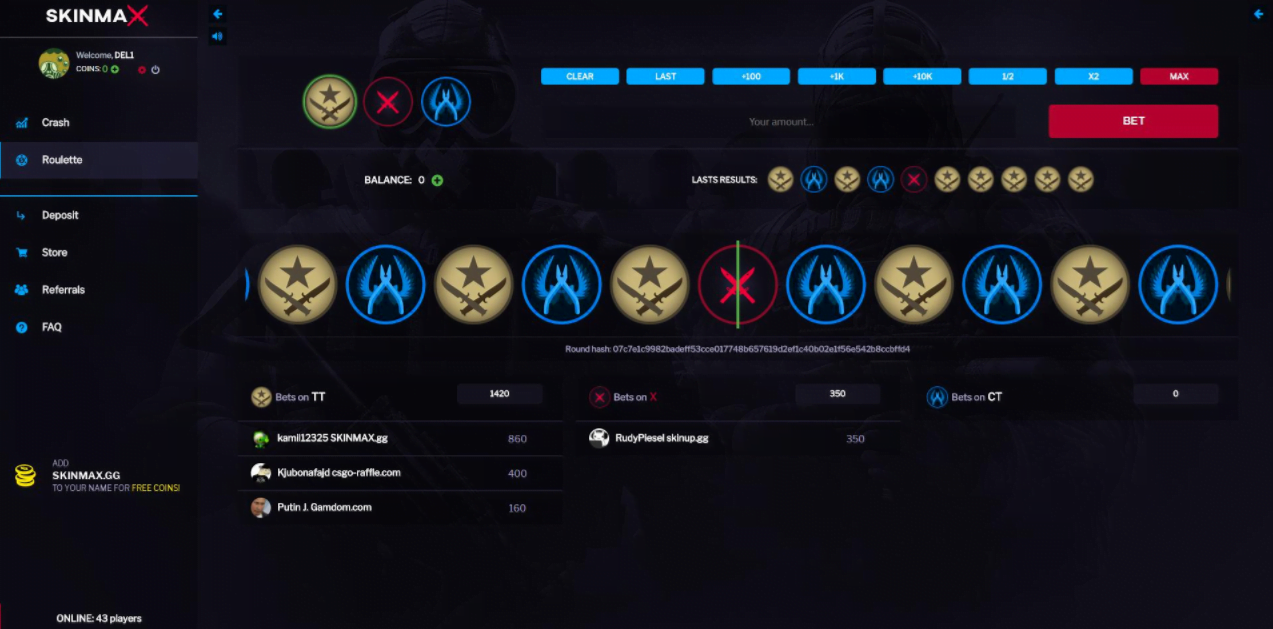Valve’s Crackdown on Gambling: The 2025 Steam Policy Shift Explained
The gaming world is on edge. Valve, the powerhouse behind Steam and Counter-Strike 2, has dropped an updated Code of Conduct that directly targets gambling — a move shaking the multi-billion-dollar CS2 skin market. Let’s dissect what’s really changing, why it matters, and who stands to lose (or win) from this crackdown.
The New Steam Code of Conduct: What Changed
Valve’s latest policy overhaul reads like a familiar list of do’s and don’ts — bans on harassment, cheating, and illegal activity. But buried within is a new powerhouse clause: a strict ban on “commercial activity,” now explicitly including gambling and promotional partnerships with gambling sites.
This update marks the first time Valve has put the word “gambling” front and center in its public Code of Conduct. For a company that has historically walked the tightrope between user freedom and regulatory compliance, this is a defining moment. It’s not just about optics — it’s about legal insulation.
From CS2 Skins to Real Money: How It All Began
When Valve launched the CS:GO (now CS2) skin economy back in 2013, it was marketed as a fun cosmetic feature — a way for players to express themselves with flashy gun finishes. But what began as digital flair evolved into a parallel economy. Skins gained real-world monetary value, becoming commodities traded like stocks, some selling for tens of thousands of dollars.
Third-party platforms quickly exploited this ecosystem, turning skins into chips for gambling. Valve’s own API inadvertently enabled these operations, letting players log in via Steam and stake their items on coinflips, jackpots, and roulette spins. By 2015, the CS:GO skin market exceeded $2 billion — and regulators began to notice.

Legal Pressure and the 2025 Crackdown
Valve has been fighting this battle in the background for nearly a decade. Multiple lawsuits accused it of facilitating unregulated gambling accessible to minors. While most cases fizzled out, the reputational cost was massive. The company’s updated 2025 policy is clearly designed to erase that grey area once and for all.
Now, any activity that connects Steam’s ecosystem to external gambling — even through advertising or referral links — is a violation. Players caught promoting or transacting with CS2 gambling platforms risk permanent Steam account termination.
The Fallout: Collectors, Traders, and Banned Accounts
On May 17–18, Valve unleashed one of its largest enforcement waves in years. Dozens of major CS2 collectors woke up to trade bans for “commercial use.” Some inventories, worth over $500,000, were frozen. The community immediately connected the dots between these bans and new gambling-related clauses.

Valve’s internal message is clear: if your inventory behaves like a business, you’re no longer a gamer — you’re a liability. That includes frequent traders, skin resellers, and influencers tied to gambling sites.
Will CS2 Empire and Other Gambling Sites Survive?
Platforms like CS2 Empire, CSGORoll, and Duelbits are under the microscope. Many players fear that simply logging into these sites through Steam could flag their accounts. While Valve hasn’t confirmed an API-level block, reports suggest automated systems may now identify and track gambling-related logins.

CS2 Empire has already responded, defending its user base and promising a transparency report. They insist Valve is targeting scammers and stolen-item laundries, not casual gamblers. But even so, the trust gap between players and platforms has widened dramatically.
The API Loophole That Fueled a Market
Steam’s API has long been a double-edged sword — powerful, but exploitable. Third-party operators built gambling ecosystems on top of it, enabling users to log in, trade, and wager skins in seconds. Valve’s silence on API misuse was once interpreted as tolerance. Now, with explicit gambling bans in place, that interpretation no longer stands.
Expect a tightening of API access in the coming months, potentially affecting legitimate trading bots and community marketplaces as collateral damage.
Decoding Valve’s Terms of Service: Intent vs. Enforcement
The 2025 Code of Conduct doesn’t introduce entirely new principles — it reinforces old ones with clearer language. Valve’s 2016 shutdown of skin gambling sites cited “unauthorized commercial use.” The new clause just makes the definition impossible to ignore.
But enforcement remains selective. For every account banned, hundreds still fly under the radar. The line between “casual trading” and “commercial activity” is still blurry, leaving many high-value collectors unsure whether their inventories are safe.
My Take: Valve’s Move Is Necessary — But Imperfect
Valve’s new stance is a calculated reset. It signals to regulators, parents, and partners that Steam is not a gambling gateway. It’s damage control — but it’s also progress. The CS2 economy has thrived in the grey zone for too long, and this update draws long-overdue boundaries.
Still, there’s collateral fallout. Honest collectors, legitimate traders, and hobbyists may find themselves trapped in the same net as scammers. Without transparency in enforcement, users are left guessing what’s “safe.” Valve has fixed its policy on paper — now it needs to prove it can enforce it with nuance.
For the first time in years, the CS2 skin economy faces a new kind of uncertainty — not from market volatility, but from the system that built it. The next few months will determine whether Valve’s crackdown stabilizes the community or fractures it completely.

